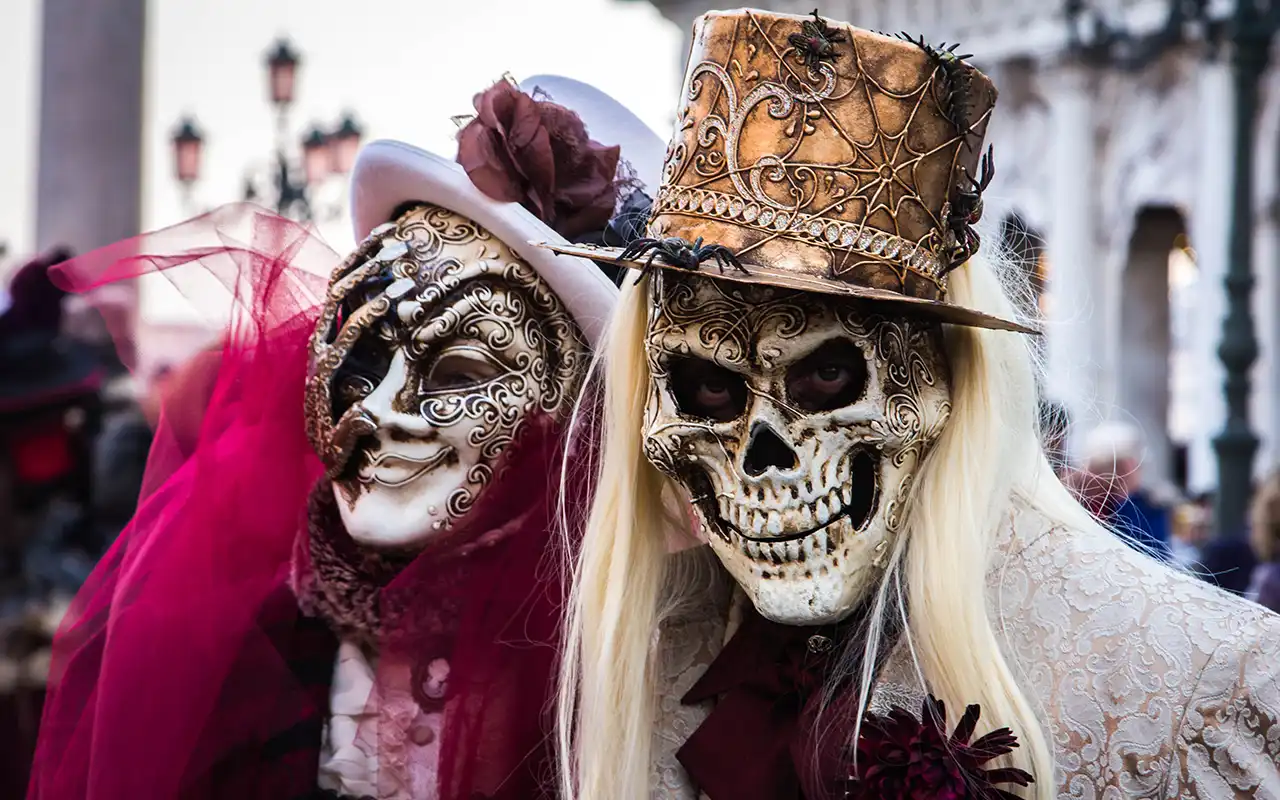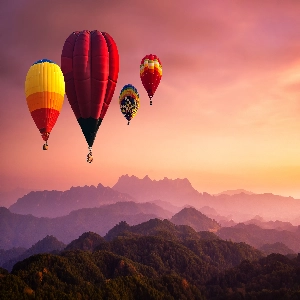
Navigating The Venice Carnival : Answers to common questions
- Washrooms: Public washrooms are more challenging to find during the carnival, and those available may have long queues. Facilities are available in restaurants for customers.
- Hours of Operation: Carnival events occur throughout the day and evening, with specific schedules for various performances, parades, and contests.
- Important Information: The Venice Carnival is one of the city's most vibrant and renowned events, offering a spectacular array of costumes, parades, and cultural experiences that reflect Venice's rich historical traditions.
- Admission Fee: There is no general admission fee for the carnival, but some events and parties require tickets or invitations, which should be arranged in advance.
- How Long to Visit: Visitors can spend a few hours to several days enjoying the carnival, depending on their interest in the various events and attractions.
- Parking: Parking during the Venice Carnival is extremely limited. Visitors are advised to park on the mainland and use public water transport to reach the festivities.
- Family Friendly: The Venice Carnival is a family-friendly event with activities and performances suitable for all ages, though the evening events may cater more to adults.
- Photography: Photography is a major part of the carnival experience, with countless opportunities to capture the elaborate costumes and masks, but respect for participants' privacy is encouraged.
- WIFI: Public WIFI access may be found in certain areas, particularly near major squares or tourist spots, but connectivity can be inconsistent due to the high volume of visitors.
- Picnic Area: Picnicking isn't a common activity during the carnival, given the crowded conditions and limited public spaces not occupied by events or festivities.
- Handicap Accessible: The carnival's main events are accessible, but the crowded streets and bridges can be challenging to navigate, especially for visitors with mobility impairments.
- Pets: Pets are generally not recommended at the carnival due to large crowds and noise, which could cause distress or discomfort to animals.
- Guided Tours: Guided tours during the carnival can offer enhanced experiences, including historical insights and access to special events or venues.
- Restaurant or Cafe: Dining options are plentiful during the carnival, with street vendors and restaurants offering everything from quick snacks to luxurious meals, though advance reservations are recommended for sit-down restaurants.
- Gift Shop: Souvenir shops and vendors are abundant during the carnival, selling masks, costumes, and carnival-themed merchandise, alongside Venice's usual array of artisan products and gifts.
Please note all times and prices subject to change. Please check the offical website for details.
More in our list of Things To Do In Venice
;Venice Current Weather
Local Temp: 19℃ / 66.2℉
High: 21.1℃ / 70℉
Low: 17℃ / 62.6℉
Humidity: 71 %
Local Time: 11:52
Map for The Venice Carnival
Did You Know?
The "Flight of the Angel" is a highlight event of the carnival, where a person dressed in costume descends from the Campanile di San Marco into the Piazza San Marco, cheered on by thousands of spectators. This event has historical roots dating back to the 16th century when it was a tribute to the Doge.
The Venice Carnival was not continuously celebrated; it was banned for nearly two centuries under the rule of the Holy Roman Emperor and later Napoleon Bonaparte. The festival was revived in 1979 as part of an effort to restore the culture and history of Venice, quickly regaining its status as a premier event attracting visitors worldwide.
The carnival is also known for its regattas, a series of boat races that are as much a part of Venetian culture as the carnival itself. The most famous of these during the carnival season is the "Regata delle Marie," which commemorates the story of twelve Venetian brides who were kidnapped by pirates and then heroically rescued.
The Venice Carnival is one of the world's oldest festivals, with its origins tracing back to the 11th century. It became an official celebration in the Renaissance period, and today, it's famous for its elaborate masks, costumes, and the unique atmosphere it brings to the city.
One of the most iconic symbols of the Venice Carnival is the mask. There are two traditional styles: the "bauta," a white mask covering the whole face, designed for men, and the "moretta," a black velvet mask worn by women. These masks ensured anonymity and freedom in social interactions during the carnival.
Travel Information for
Venice Visitors
Time Zone: Venice operates on Central European Time (CET), which is 1 hour ahead of Greenwich Mean Time (GMT+1).
Weather: Venice has a humid subtropical climate. Summers are warm and humid with average temperatures around 27°C (81°F), while winters are cold with temperatures averaging around 3°C (37°F). Acqua alta (high water) is a phenomenon that causes flooding in Venice, typically occurring in autumn and winter.
Population: Venice has a population of about 260,000 residents. However, this number is steadily decreasing due to various factors, including rising living costs and flooding issues.
Size: The city covers an area of about 414.6 square kilometers (160.1 square miles), including both the lagoon and the historical city.
Language: Italian is the official language. Venetian, a distinct dialect of Italian, is also widely spoken. English is commonly used in tourist areas.
Currency: Italy uses the Euro (€). Credit cards are widely accepted, but it’s always useful to have cash for smaller shops and restaurants.
Safety: Venice is generally safe for tourists. However, like in any major tourist destination, it's wise to be cautious of pickpockets and scams targeting tourists.
Tipping: Tipping in Venice is not obligatory, but it's appreciated. In restaurants, it’s customary to leave a small tip (around 5-10%) if the service is good.
Electricity and Plugs: Italy uses Type C, F, and L plugs, and the standard voltage is 230 V with a standard frequency of 50 Hz. Travelers from countries with different standards will need adapters.
Water: Tap water in Venice is safe to drink. In fact, it's known for being high quality.
Verified & Trusted Contact Information for The Venice Carnival
Address:
Venice, Metropolitan City of Venice, Italy
Latitude: 45.434
Longitude: 12.338
More Places and Things To Do in Venice Within 500 km/300 mi of The Venice Carnival
The Peggy Guggenheim Collection

The Distance from The Venice Carnival to The Peggy Guggenheim Collection is 0.6 KM / 0.4 MI
The Dorsoduro neighborhood

The Distance from The Venice Carnival to The Dorsoduro neighborhood is 1 KM / 0.6 MI











